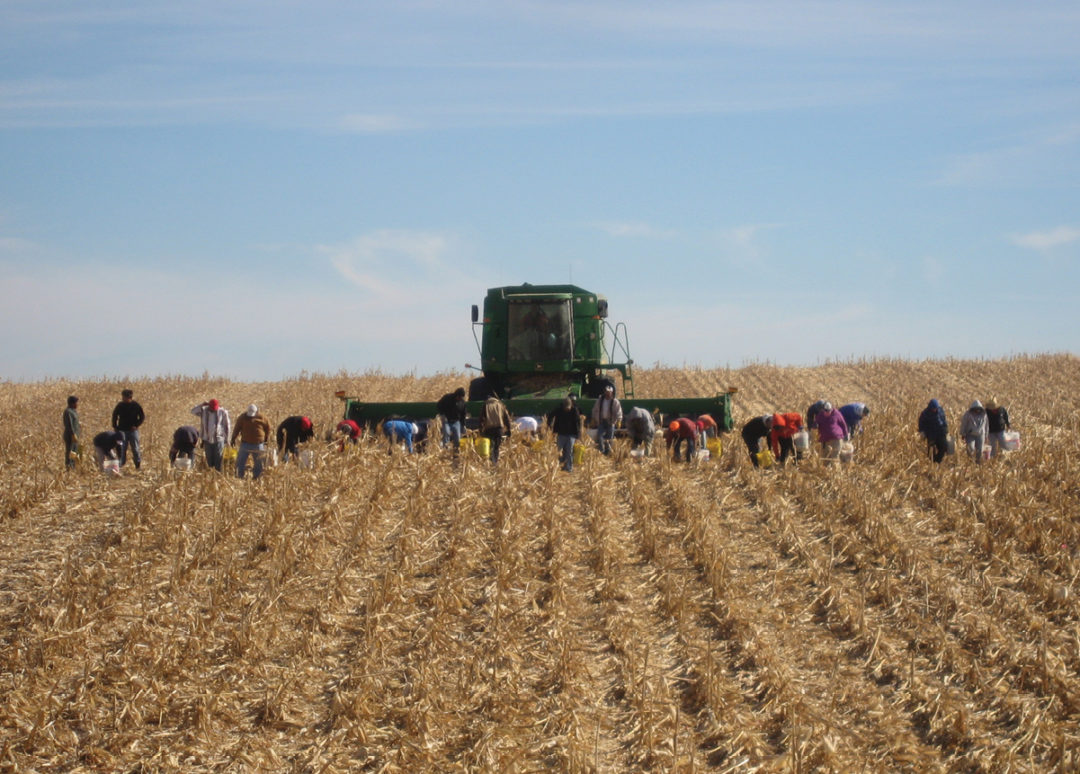No-Till Farmer
Get full access NOW to the most comprehensive, powerful and easy-to-use online resource for no-tillage practices. Just one good idea will pay for your subscription hundreds of times over.

 Winds howling at up to 80 mph absolutely flattened ready-to-harvest corn last October in western Nebraska.
Winds howling at up to 80 mph absolutely flattened ready-to-harvest corn last October in western Nebraska.
Cutting a swath from North Platte to Scottsbluff, ears blew right off the stalks, and with them about half of what would have been 200-bushel-per-acre average yields.
Last year’s storm in western Nebraska was a worst-case scenario, but to some degree, no-tillers somewhere in North America will likely be forced to deal with lodged corn this fall.
“If it happens to you, recognize that it’s going to take you longer to harvest, so patience is important,” says Iowa State University agricultural engineer Mark Hanna.
Hanna suggests farmers with lodged corn begin the recovery effort by scouting fields to assess stalk and ear conditions and identify the worst areas. Those are the places to start harvest, before the ears near the ground deteriorate further, he says.
“The exception may be if you have areas where the corn is still standing, but the stalks are weak and chances of lodging are high,” Hanna explains. “In that case, you may want to consider getting it before it goes down.”
Pinching a sampling of stalks near the ground and in the area of the ears can help no-tillers evaluate stalk integrity. A hollow stalk that collapses easily indicates lodging potential.
No-tillers can also push a plant away to arm’s length. If it returns to an upright position it should be able to stand through harvest.
It’s also a good idea to estimate lost yield behind the combine to…